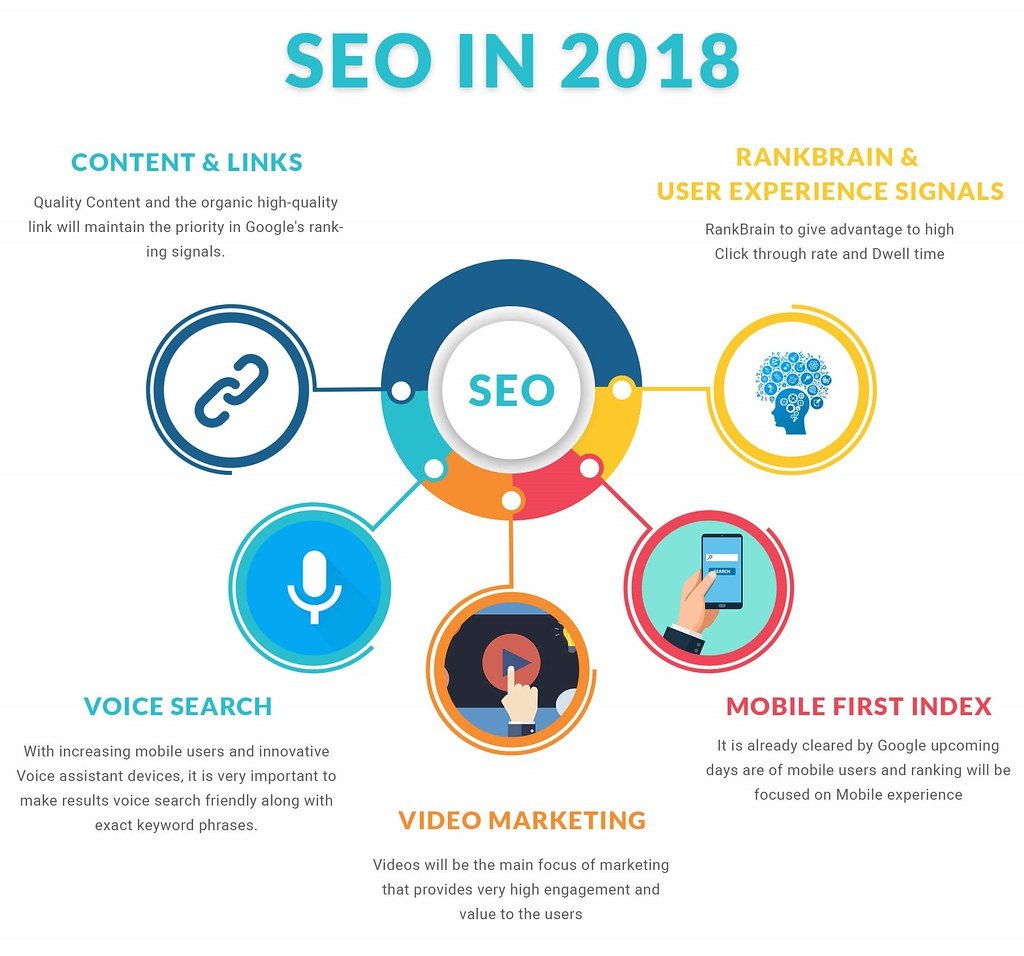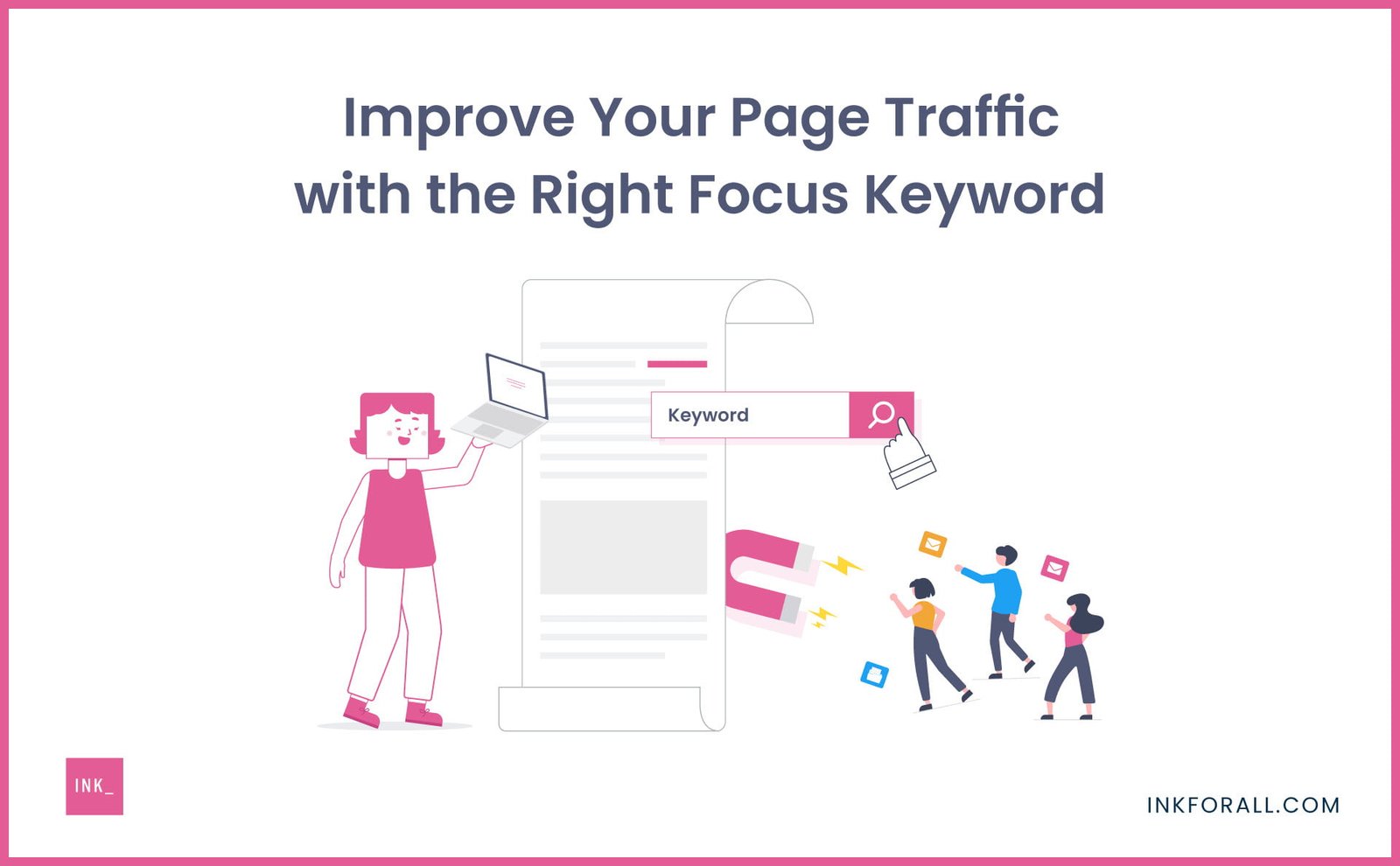Unraveling the mysteries of search engine optimization (SEO) is often compared to solving a complex puzzle. Among its many pieces, one of the most intriguing is the question of content length and its relationship to the ideal blog post. As content creators and marketers, we constantly find ourselves pondering whether our blog posts should be concise, packing a punch in a few paragraphs, or if it’s wiser to dive into a lengthy discourse that captures every ounce of information. In this article, we embark on a journey to decode the enigma of content length, unveiling its effects on SEO and shedding light on the path to the perfect blog post. So, join us as we take a creative stroll through the world of SEO puzzles, navigating the labyrinthine corridors of optimal content length with a neutral yet perceptive tone. Prepare to explore the secrets that lie within, as we endeavor to solve the SEO puzzle once and for all.
Table of Contents
- – Unveiling the Impact of Content Length on SEO Rankings
- – Delving into the Art of Crafting an Ideal Blog Post
- – Key Recommendations for Optimizing Content Length to Maximize SEO
- Q&A
- Concluding Remarks

When it comes to SEO, there is always a puzzle to solve. One particular piece of the puzzle that often leaves beginners scratching their heads is the ideal content length for blog posts. How long should a blog post be to rank well on search engines? The answer isn’t as straightforward as it may seem.
Firstly, it’s important to understand that there is no one-size-fits-all answer. The ideal content length can vary depending on the topic, industry, and target audience. However, there are some general guidelines that can help you navigate through this SEO puzzle.
- Quality over quantity: While word count does play a role in search engine rankings, it should never compromise the quality of your content. Focus on delivering valuable and engaging information to your readers rather than obsessing over hitting a specific word count.
- Long vs. short content: Long-form content tends to perform better in terms of SEO. It allows you to cover a topic in depth, provide comprehensive information, and demonstrate expertise. However, short-form content can also be effective for certain topics or when targeting time-conscious readers.
- User intent: Understanding the intent behind a search query is essential. Some searches might require longer, more detailed blog posts, while others may call for concise and to-the-point answers. Take into account the user’s intention and align your content length accordingly.
Ultimately, what matters most is creating content that resonates with your target audience. Conduct keyword research to identify the topics your audience is searching for, and craft blog posts that fulfill their needs with informative and engaging content, regardless of the word count.
Remember, the SEO puzzle is an ongoing challenge, and there is no one magic formula for content length. Experiment, analyze, and adapt your content strategy based on your audience’s response and search engine performance. With time, you’ll decode the perfect content length that works best for your blog posts.

– Unveiling the Impact of Content Length on SEO Rankings
When it comes to SEO rankings, content length is like a piece of the puzzle that can significantly impact your website’s visibility. But, how exactly does content length affect your search engine rankings? Let’s delve into the mysteries of this SEO puzzle and decode the relationship between content length and an ideal blog post.
An ideal blog post is not determined solely by its word count but rather by the value it provides to the reader. Quality content that engages and educates your audience is paramount. However, word count can play a role in capturing the attention of search engines. Long-form content, typically exceeding 1,000 words, tends to provide an in-depth analysis of a topic, making it the preferred choice for many search engines. It allows you to showcase your expertise and cover a topic comprehensively, potentially leading to higher rankings in search engine results.

– Delving into the Art of Crafting an Ideal Blog Post
When it comes to crafting an ideal blog post for optimal search engine optimization (SEO), one of the critical factors to consider is the length of your content. As a beginner, it can be overwhelming to figure out how long your blog posts should be, considering the vast number of opinions and advice circulating in the blogosphere. But fear not, we’ve got you covered! In this post, we’ll delve into the art of content length and provide you with valuable insights to help you create compelling blog posts that Google loves.
1. Quality over quantity: It’s crucial to understand that the length of your content alone won’t guarantee success. While there isn’t a magic word count that guarantees high rankings, it’s more about delivering valuable and engaging content to your readers. Focus on providing in-depth information and tackle the topic comprehensively, rather than worrying about hitting a specific word count.
2. User intent matters: Keep in mind that understanding your audience’s intent is crucial in determining the length of your blog post. Are they looking for a quick answer to a specific question, or do they want a detailed guide? By putting yourself in your readers’ shoes and tailoring your content to match their intent, you’ll be able to strike a balance between information depth and concise delivery.

– Key Recommendations for Optimizing Content Length to Maximize SEO
In the never-ending quest to crack the SEO puzzle, understanding the ideal content length for a blog post is crucial. While there’s no one-size-fits-all answer, certain key recommendations can help guide you towards maximizing your SEO efforts. So, get ready to dive into the fascinating world of content length optimization!
1. Focus on Quality, Not Quantity: Sure, longer blog posts tend to perform better in search engine rankings, but don’t sacrifice quality for the sake of word count. It’s always better to have 500 words of well-written, engaging content rather than 2000 words of fluff. Quality content grabs readers’ attention, increases time spent on your page, and improves your overall SEO.
2. Break It Up: Gone are the days of dense paragraphs that seem to go on forever. Break up your content into smaller, digestible chunks. Utilize subheadings (like we did above!) and bullet points to make it accessible and scannable. This not only improves readability for your audience but also helps search engines better understand and index your content.
Q&A
Q: Are longer blog posts more effective for SEO?
A: Unlocking the SEO puzzle has revealed that longer blog posts tend to perform better in search engine rankings. While there is no hard and fast rule, studies have shown that lengthier articles tend to attract more organic traffic and engagement.
Q: How long should a blog post be to optimize SEO?
A: The ideal blog post length depends on various factors, such as your target audience, topic, and niche. However, research suggests that articles with a word count ranging from 1,500 to 2,500 words generally have higher chances of ranking well on search engines.
Q: What benefits do longer blog posts offer for SEO?
A: Longer blog posts provide an opportunity to delve deeper into a topic, ensuring more comprehensive coverage and the opportunity to incorporate relevant keywords. This in-depth content often attracts backlinks from other websites, improving your site’s authority and search engine visibility.
Q: Will shorter blog posts negatively impact SEO?
A: While shorter posts may not directly harm your SEO efforts, they may not perform as well in terms of ranking and generating organic traffic. Shorter articles typically lack the depth and substance that longer posts offer, making it more challenging to stand out from other competing content.
Q: Can shorter blog posts still be effective?
A: Yes, shorter blog posts can still be effective depending on your goals. They can be useful for providing quick tips, updates, or news in a concise manner. However, for search engine optimization, longer-form content is usually more advantageous.
Q: What other factors should be considered besides content length for SEO?
A: Content length is just one piece of the SEO puzzle. Other critical factors include keyword research, relevance, originality, readability, and user experience. These aspects, combined with longer posts, contribute to a successful SEO strategy.
Q: How can I keep readers engaged in longer blog posts?
A: To keep readers engaged in longer blog posts, incorporate visually appealing elements such as images, diagrams, and infographics. Break up the content into easily digestible sections with subheadings and bullet points. Utilize storytelling techniques and ensure the writing remains engaging, informative, and easy to follow.
Q: Is it better to publish one long blog post or multiple shorter ones?
A: It depends on your content strategy and goals. If you have a single, comprehensive topic to cover, a longer blog post may be more suitable. However, if you have multiple related sub-topics, publishing a series of shorter posts can help attract a wider audience and enhance your website’s structure.
Q: Are there any exceptions to the rule of longer content for SEO?
A: While longer content tends to perform better for SEO, there are exceptions. Some topics may not require extensive elaboration, and shorter posts can serve their informational purpose effectively. Additionally, certain industries or niches may have different expectations and trends for content length. Adaptation to specific contexts is crucial.
Q: Does content length alone guarantee higher rankings in search engines?
A: Content length alone does not guarantee higher rankings in search engines. While it is a contributing factor, a holistic SEO strategy that considers various elements like quality, relevance, user intent, and website authority is crucial for successful rankings. Length should be seen as one part of the broader puzzle.
Concluding Remarks
As we unravel the intricate SEO puzzle, the correlation between content length and an ideal blog post becomes clear. From the moment we began delving into the depths of this puzzle, peering through the fog of uncertainty, we were determined to find the missing pieces. Throughout our journey, we discovered that content length is not a mere matter of word count; it is an art, an orchestra of words meticulously woven together.
As the digital landscape continuously evolves, so too does the impact of content length on SEO. We have witnessed the rise and fall of trends, the ebb and flow of algorithms, and the ever-changing needs of online readers. Our observations have led us to conclude that the ideal blog post is one that strikes the delicate balance between brevity and depth, between conciseness and thoroughness.
Long gone are the days when a short, snappy article could seize the attention of search engines and readers alike. Today, substance reigns supreme. Engaging and captivating readers requires us to present them with a narrative that compels, educates, and entertains. It demands a harmonious integration of keywords, storytelling elements, and relevant information to keep them immersed from the enticing introduction to the satisfying conclusion.
Yet, the evolving SEO landscape reminds us to remain adaptable. Just as a puzzle cannot be solved with a single piece, the art of optimizing content length cannot be confined to a rigid formula. Flexibility is the key; each topic, each audience, and each platform requires its own unique approach.
In our quest to decode this enigmatic SEO puzzle, we have come to appreciate the beauty and complexity of the content length dilemma. It urges us to think holistically, creating a tapestry of words that leaves readers enthralled and search engines enamored. So, dear readers, as you embark on your own SEO journey, remember that the ideal blog post is like a puzzle waiting to be solved – a perfect combination of length and substance that leaves an indelible mark on the digital tapestry.

